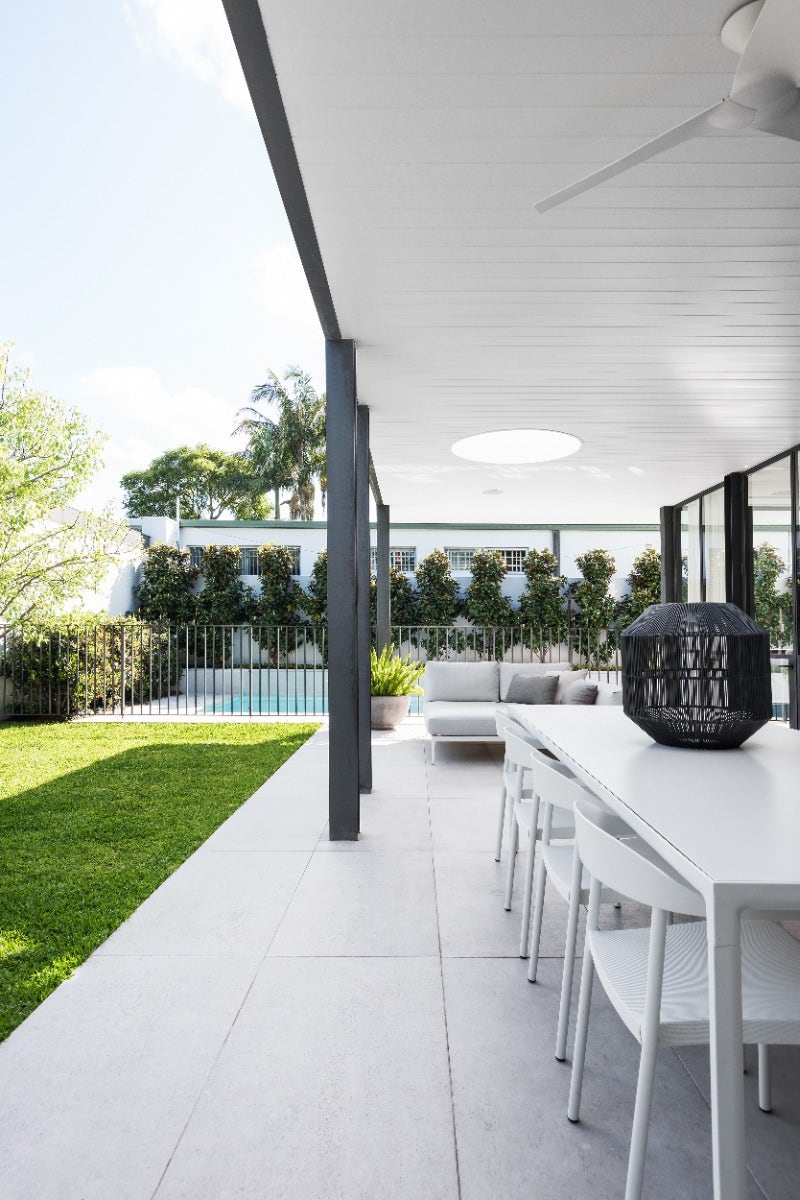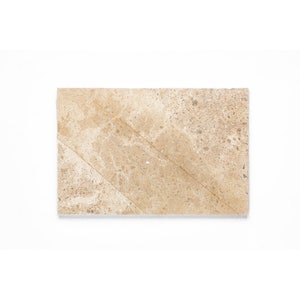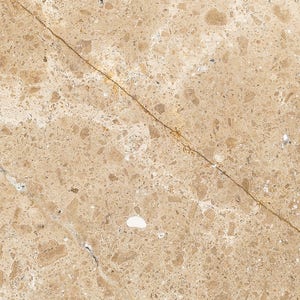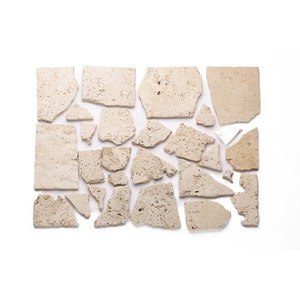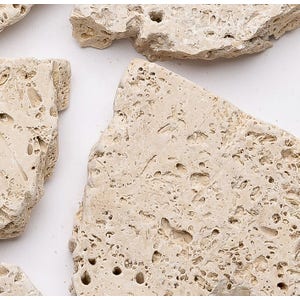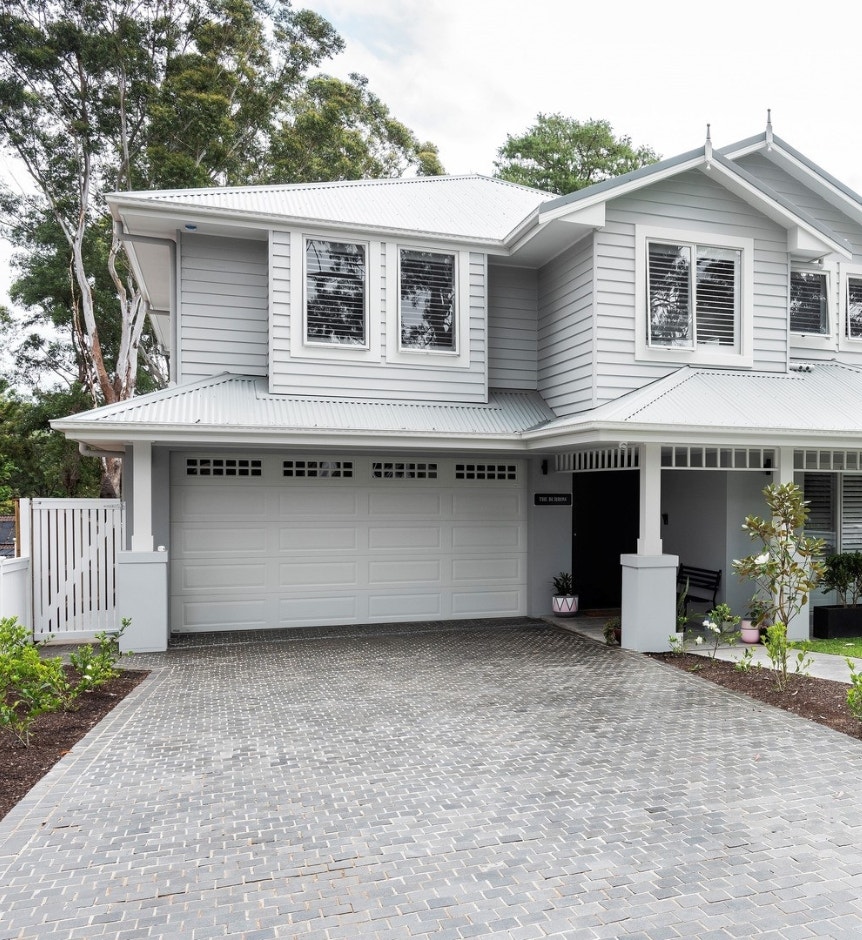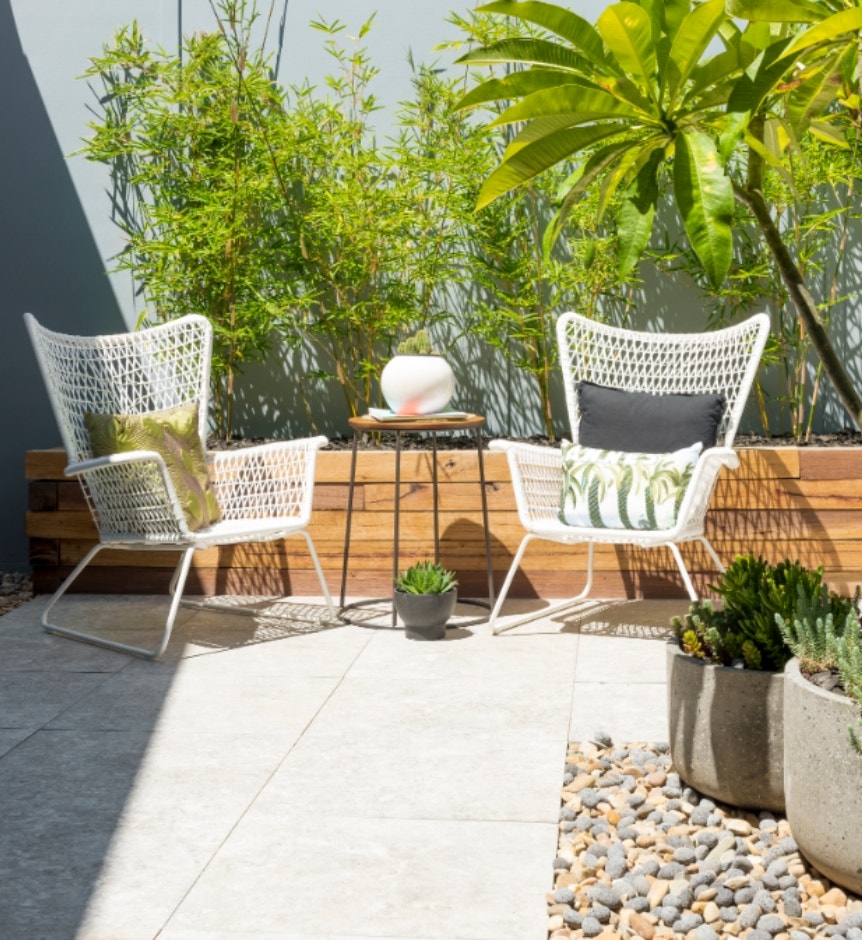Design tips,
DIY Advice
Plan like a Pro: How Many Pavers Do I Need for My Outdoor Project? | Amber
08.01.24
How Many Pavers Do I Need? Your Detailed Guide to Paving Projects
Starting your own paving project can be as rewarding as it is daunting. Whether you want a charming backyard patio, an ornate walkway, or a tough front driveway, the question that every DIY weekend warrior inevitably asks is, "How many pavers do I need?"
Getting this right is crucial; underestimate it, and your project will run short. Overestimate and you're left with a pile of unnecessary expenses.
Our guide is here to sweep away the guesswork. We'll give you a clear, straightforward process to help you accurately estimate the number of pavers needed for your project.
This isn't just about avoiding the frustration of a half-finished patio or a pile of unused tiles gathering dust in the shed. It's about giving you the confidence to plan your project properly, making sure no time or money is wasted. So let's pave the way to a successful project!
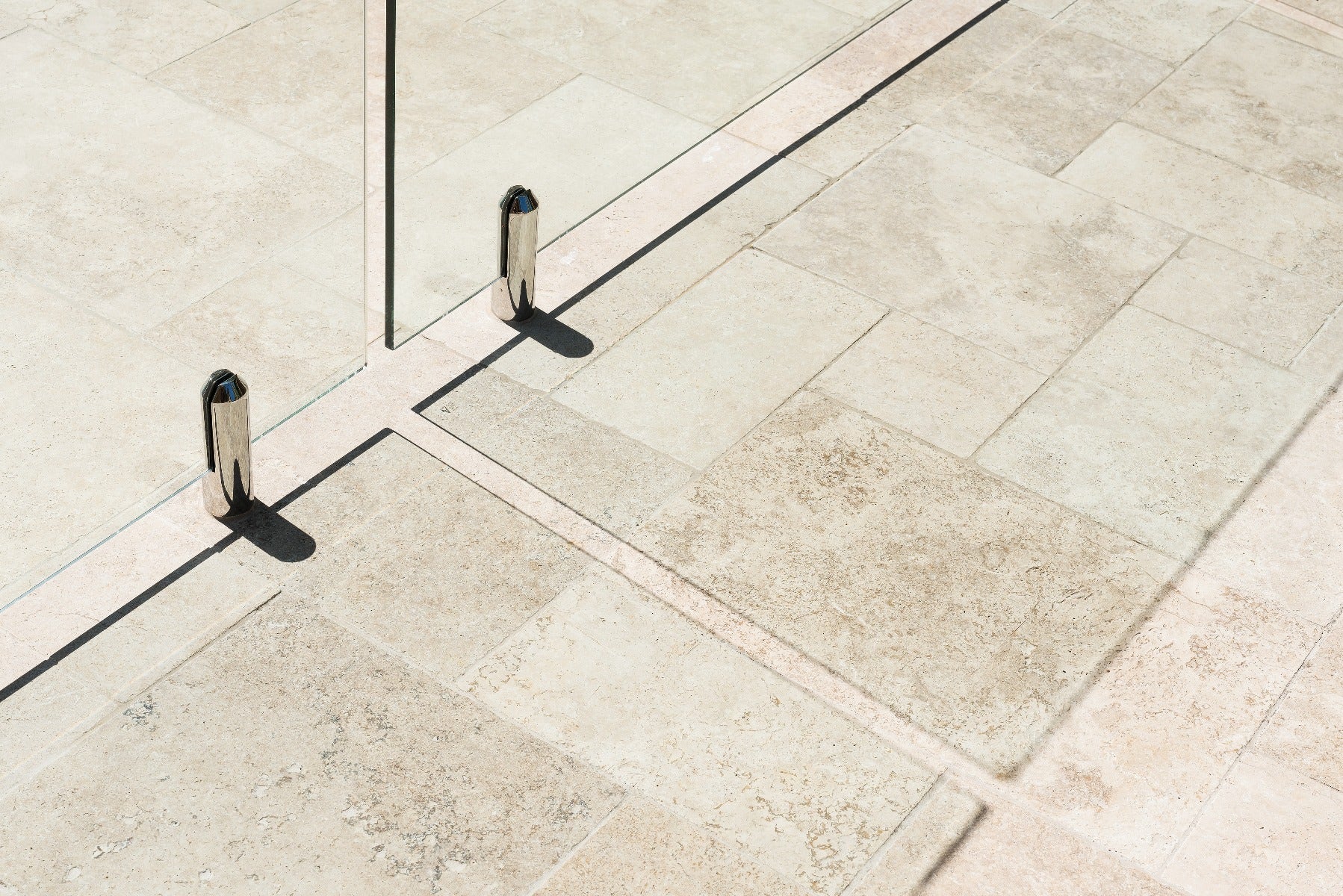
Why Should I Understand My Paving Project?
When it comes to paving, one size definitely doesn't fit all. Each project is unique and different, so the type of paver will vary from job to job.
Understanding this is key to knowing the type and quantity of pavers needed. A driveway carrying the weight of vehicles will need a thicker, more durable paver, while a decorative garden path can get away with lighter, more ornate varieties.
The size of your space also plays an obvious role- a winding, long driveway will naturally need more pavers than a small garden walkway.
Getting a grip on these details will help you choose the right pavers for the job, both in style and quantity. It's about finding that perfect balance- enough pavers to complete the job without excess that strains your budget.
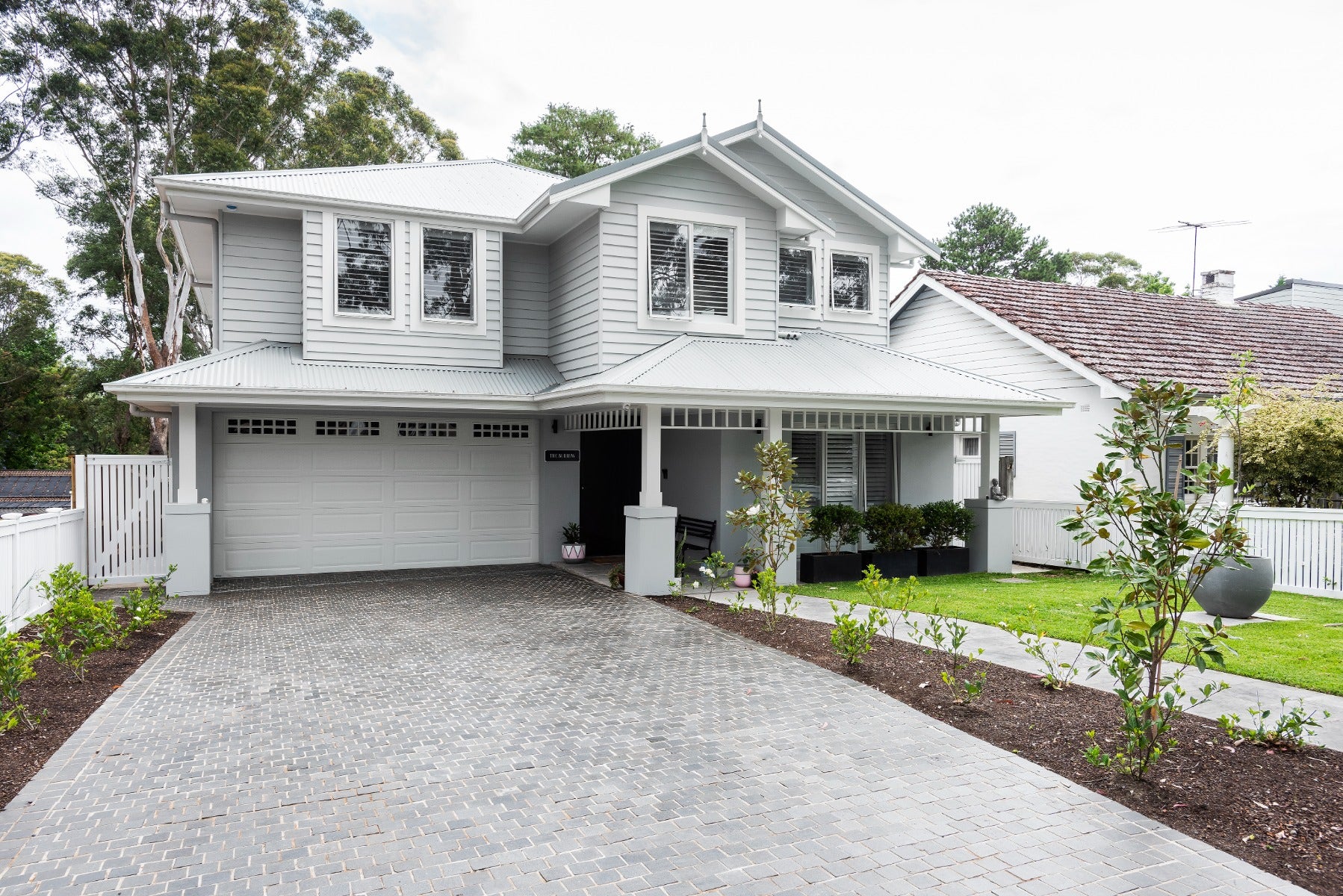
How Do I Measure the Space for Paving?
Before asking, “How many pavers do I need for the job?” you’ll need to figure out the paved area's size. Here are four easy steps!
Step 1: Gather Your Tools
You'll need a tape measure (long enough to cover the largest dimension of your area), paper, a pencil, and a calculator.
Step 2: Sketch the Area
Draw a rough sketch of the area you plan to pave on your paper. Don't worry about being an artist; a basic outline will do! This will help you visualise the space and determine the shape and size of your pavers.
Step 3: Measure Length and Width
For rectangular or square areas, getting the right measurements is straightforward but crucial. Start by measuring the length and the width of your area. Precision is critical, so measure in millimetres (mm) for the most accurate results. Once you have these two numbers, it's time for a bit of math.
Multiply the length by the width to calculate the total area. This will give you the area in square millimetres (length mm x width mm). But we usually talk about area size in square meters. So, how do you convert square millimetres to square meters?
It's simple: divide your total by 1,000,000 (since there are 1,000,000 square millimetres in a square meter). This conversion will give you the area in square meters, a more manageable unit to work with when planning your paving project.
For example, if your measured area is 5000 mm in length and 4000 mm (5m by 4m) in width, the area in square millimetres is 20,000,000 mm². Convert this to square meters by dividing by 1,000,000, which equals 20 square meters. Easy!
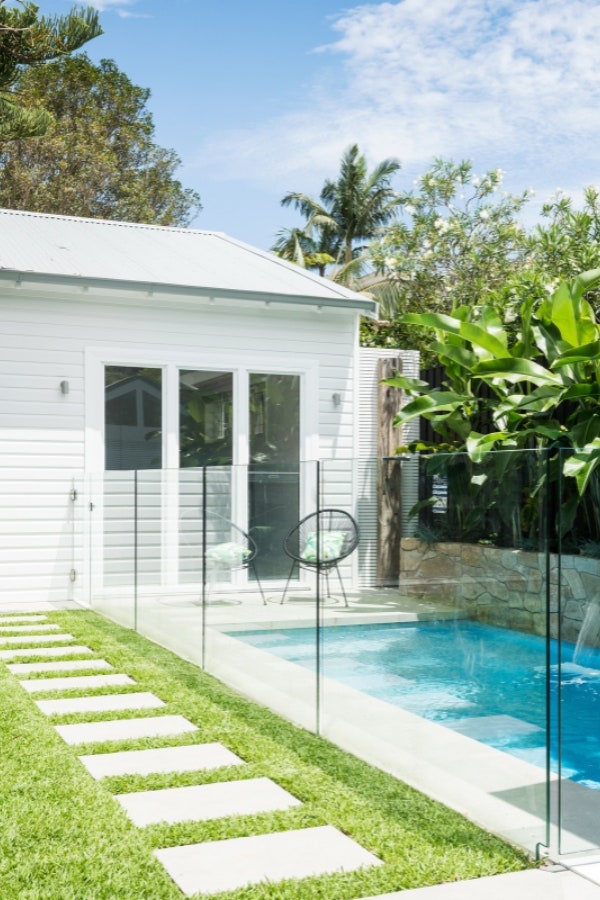
Step 4: Tackling Irregular Shapes
Irregular areas can be tricky but aren't impossible to measure. For non-standard shapes, the key is to break them down into smaller, manageable sections.
Squares and Rectangles
1. Divide the irregular area into squares and rectangles.
2. Measure each section individually (length x width) and calculate their areas in square millimetres.
3. Sum up these areas to get the total area of the irregular shape.
Round Shapes
1. For circular areas, measure the circle's diameter (the straight line passing from one side of the circle to the other through the centre).
2. Divide the diameter by 2 to find the radius.
3. Use the formula for the area of a circle: Area = π × radius².
4. Remember, π (pi) is approximately 3.1416.
5. Once you find the area in square millimetres, convert it to square meters by dividing by 1,000,000.
How Do I Calculate the Number of Pavers I Need?
Calculating the number of pavers you need isn't just about the area you measure; it also involves factoring in potential breakage, cuts, and mistakes you will make. Here's how you can accurately work out the number of pavers needed for your project:
- Determine the size of a single paver: First, find out the size of the paver you've chosen for your project. For instance, let's say you're using 200 mm x 200 mm pavers.
- Calculate the area covered by a single paver: Multiply the length by the width of the paver to get the area in square millimetres. In our example, that's 200 mm x 200 mm = 40,000 mm².
- Convert the paver's area to square meters: Since there are 1,000,000 square millimetres in a square meter, divide your result by 1,000,000. For our example, 40,000 mm² ÷ 1,000,000 = 0.04 square meters.
- Divide the total area by the area of a single paver: Now, divide your project's total area in square meters (calculated earlier) and divide it by the area of a single paver in square meters. If your total area is 20 square meters, you'll need 20 ÷ 0.04 = 500 pavers.
Factor in extra pavers: It's always smart to order extra pavers to account for cutting, breakage, and mistakes; believe us, don't skimp on this! A general rule of thumb is adding 5-10% to your total count. For our example, adding 10% to 500 pavers means you should order 550 pavers in total. - Factor in extra pavers: It's always smart to order extra pavers to account for cutting, breakage, and mistakes; believe us, don't skimp on this! A general rule of thumb is adding 5-10% to your total count. For our example, adding 10% to 500 pavers means you should order 550 pavers in total.
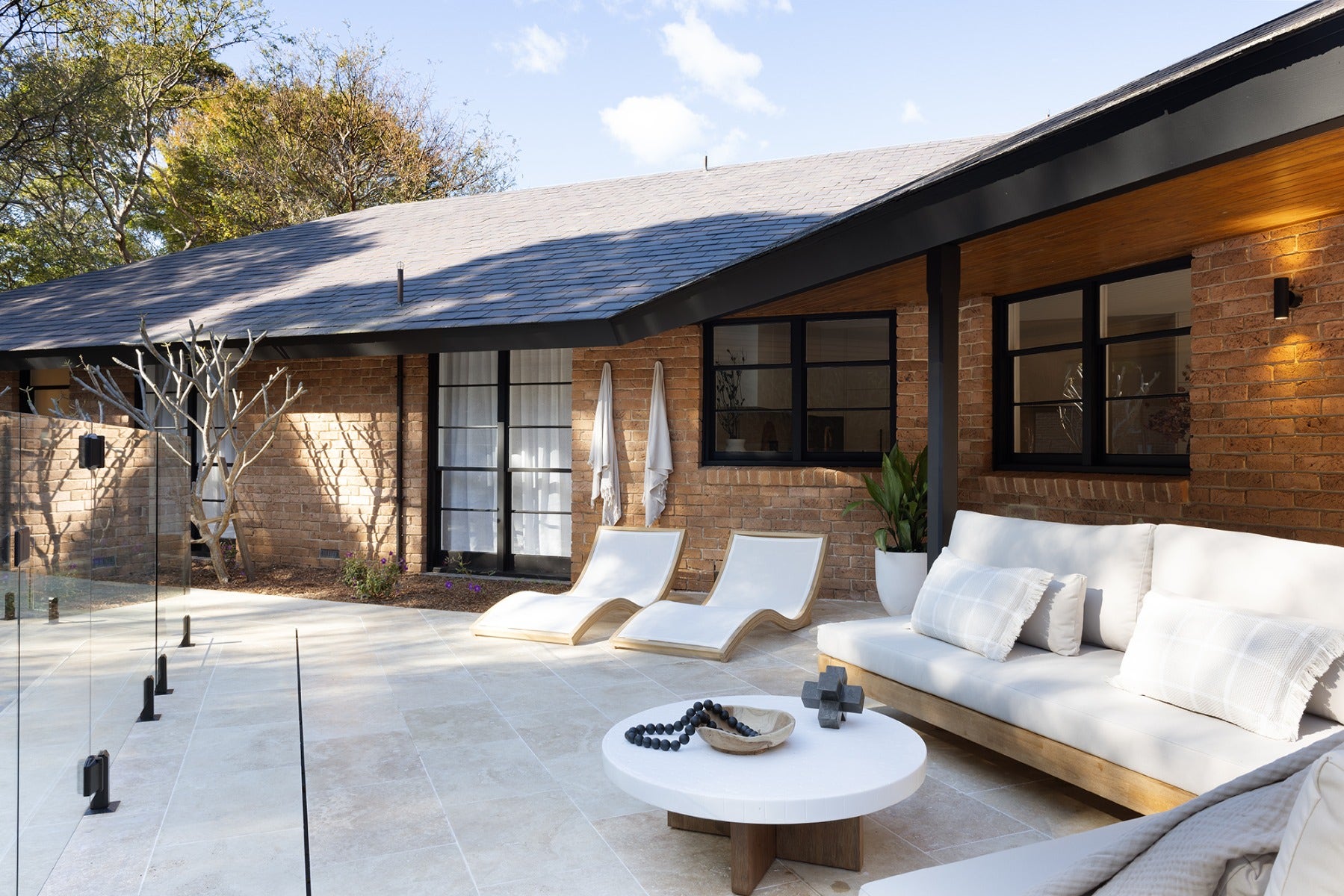
Ready To Start Your Paving Project? Explore Amber Tiles Today!
Planning your paving project? Getting your numbers right is key. With the right pavers and a solid plan, you'll avoid hassles and save time and money.
At Amber Tiles, we've got a range of pavers that are tough enough for Aussie conditions and stylish enough for any home.
Want to see for yourself? Pop into your local Amber showroom. Our friendly team is ready to help with advice and ideas. Or if you prefer, book a chat online or give us a call.
Let's make your paving project a breeze!
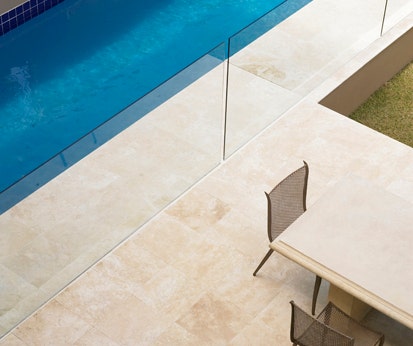
FAQs About How Many Pavers Do I Need
How Do I Calculate How Many Pavers I Need?
To calculate the number of pavers needed, measure the length and width of your paving area in millimetres. Multiply these to get the area in square millimetres, then convert it to square meters by dividing by 1,000,000.
Next, calculate the area covered by a single paver in square meters (length mm x width mm, divided by 1,000,000). Finally, divide your total area by the single paver's area. Remember to add an extra 5-10% to that number.
What Is the Proper Spacing for Pavers?
The ideal spacing between pavers depends on the type of pavers and the desired look. Generally, a minimum gap of 3 to 5 mm is needed to allow for sand filling, which stabilises the pavers.
Can You Lay Pavers Over Dirt?
Yes, pavers can be laid over dirt, but proper preparation is a must. First, remove any grass and level the dirt surface. Use a weed killer to prevent any grass from growing back. Then, add a base layer of crushed stone or gravel and compact it well. This base provides a stable, level surface and helps with drainage, preventing the pavers from sinking or shifting over time.
